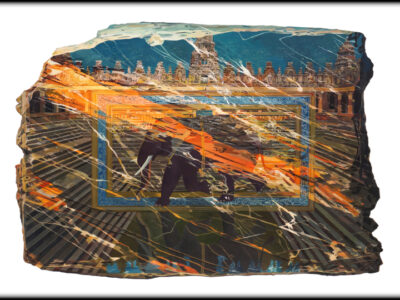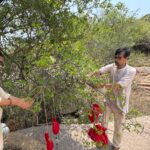There is an unpredictability and extemporaneity in our rasas. Even in the rasas that artist developers create through their well-rehearsed performances, there is spontaneity
I was a little surprised when I got a call from a mobile phone offering me details of an online Rasa certification course that would enable me to build my own chatbot and become a rasa (read ‘raasuh’) developer. Although it sounded tempting, I couldn’t help dismissing it, as a high-school version of Rasa, when I have done the real thing – four phases of Guru G Venu’s Navarasa Sadhana of international fame which is the ultimate course for any performer who wants to upgrade her skills in creating Rasa (read ‘rasaah’) and classes from the veteran Kathakali Guru, Sadanam Balakrishnan. Certainly, these give me some claim to being a Rasa developer. I am sure there is a systematic formulaic method in both the training, otherwise they wouldn’t prove so effective.
There is however, an unpredictability and extemporaneity in our rasas. Even in the rasas that artist developers create through their well-rehearsed performances, there is spontaneity; it does not work on the basis of programming algorithms that yield the same results. The variables of the performance space, the audience’s energies and attitudes, the music, and the performer’s own state, inevitably lead to outcomes that are not absolutely scripted. The scripting and frameworks within which our traditional arts work ensure their effectiveness and a minimum level of success, while also giving the performer liberty to explore new ways of approaching the same subject, or different ways of presenting the same subject depending on the audience’s appetite for it.
Guru Sadanam Balakrishnan mentioned once, that the Kathakali Padam, “Kamaladala lochane…” in which Ravana in a romantic situation addresses his wife, Mandodari, as the lotus-eyed one, can be elaborated for an hour or even an hour and a half if the kathakali artist is competent
Guru Sadanam Balakrishnan mentioned once, that the Kathakali Padam, “Kamaladala lochane…” in which Ravana in a romantic situation addresses his wife, Mandodari, as the lotus-eyed one, can be elaborated for an hour or even an hour and a half if the kathakali artist is competent. The shape and colour of each petal of the imaginary lotus redolent with fragrance that blooms awake in the crystal waters of the imaginary pond is traced with the eyes. The enactment is through a series of reactions – rasas, mini-rasas, micro-mini rasas reflect on the face convincing audiences of the beauty indeed of those lotus petals and those eyes they are compared to. Now isn’t that a curiosity? The art of elaboration – in an age where time is money, and every second counts, or every extra minute is chargeable! Television dance shows pack the punch of an entire dance tradition in a few minutes and present it as yet another token of our great culture. The art of slow time is a rarity, and our specialty. Let us leave that for another day.
















